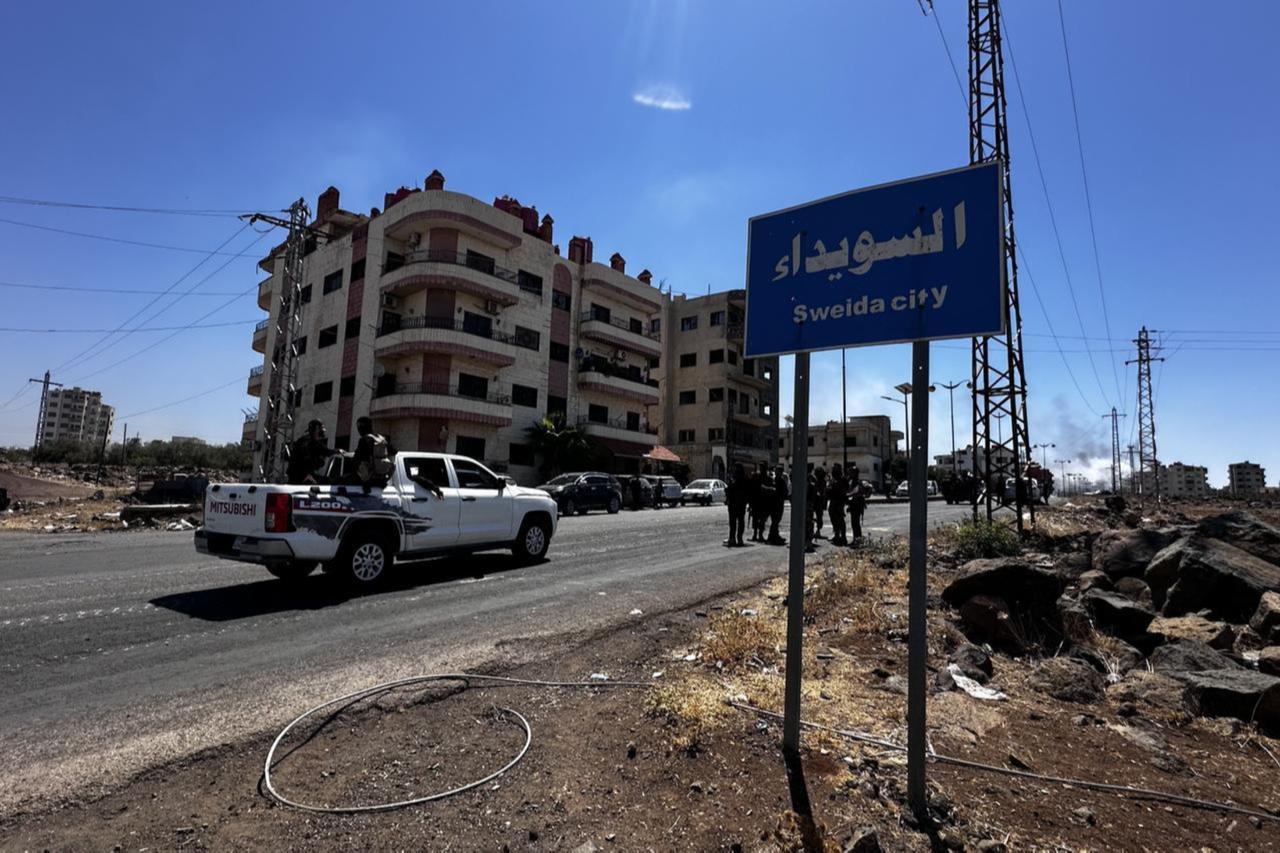
Syrian Foreign Minister Asaad al-Shaibani and Israeli Minister of Strategic Affairs Ron Dermer recently met in Paris for negotiations mediated by the U.S. Special Envoy for Syria Thomas Barrack. The trilateral meeting aimed to ease tensions and improve Syrian-Israeli relations following the latest escalation.
At the center of the talks was an Israeli proposal to establish a “humanitarian corridor” from Israel to the Druze-majority governorate of Sweida. Washington believes that such a corridor could help build trust and pave the way toward a broader understanding between the two sides.
In my column last week, I argued that one-sided concessions from Damascus risk backfiring, especially given the domestic criticism directed at Syria's President Ahmad al-Shara. Yet since the proposal remains on the table, its rationale deserves closer scrutiny.
The concept of a corridor—even under the banner of humanitarian aid—carries significant risks. Is there any guarantee that its security arrangements would not escalate into a new military confrontation? What if criminal gangs were to attack the route? What if Israel exploited the corridor to supply Druze militias under its influence with arms?
Beyond security concerns, the idea is also politically problematic. Empathy helps to illustrate the issue: how would the Israeli government react if Syria demanded a humanitarian corridor to Gaza? A corridor linking Israel to a non-adjacent Syrian region is fraught with complications on multiple levels.
Over 13 years of civil war, no such plan was ever implemented for the besieged populations of Ghouta, Zabadani, Camp Yarmouk, Harasta, or Rastan. Assad deliberately starved these areas, yet no humanitarian corridor was ever established.
The U.N. cross-border aid mechanism only covered border-adjacent Syrian territories, while areas beyond direct reach depended on cross-line aid—something Assad frequently obstructed.
Sweida today bears little resemblance to those opposition-held regions under siege by the Assad regime. In 2024, an average of 20 trucks of aid every two weeks were supplied to 5.1 million civilians, of whom 3.5 million were internally displaced persons (IDPs). After the fall of the Assad regime, the aid sharply increased to 103 trucks per two weeks. By contrast, Sweida—with a population of roughly 350,000—has received 179 trucks in just two weeks.
From a humanitarian point of view, there is no need for a corridor from Israel. The Syrian government has proved its commitment and readiness to supply the people of Sweida with humanitarian aid. If Israel only wants to aid the Druze people, funding aid organizations for their mission in Sweida and reaching an agreement for the continuity of aid would be more appropriate.